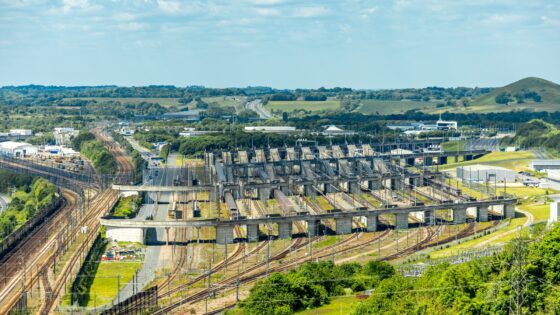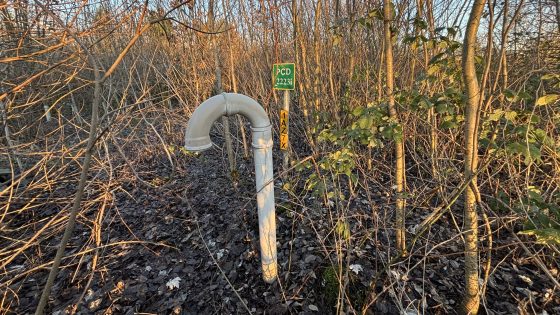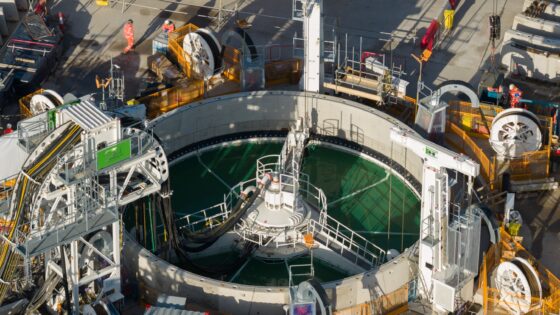Channel Tunnel tax hike: Eurotunnel investment halt and what it means for UK rail engineers
Reviewed by Joe Ashwell

First reported on New Civil Engineer
30 Second Briefing
Channel Tunnel owner Eurotunnel is cancelling all planned UK rail infrastructure investments after warning its business rates are set to almost triple from 2026, describing the increase as “unparalleled” for a single asset. The company, which operates the 50 km fixed link between Folkestone and Coquelles and handles both high-speed passenger and freight traffic, says the tax shock undermines the business case for new terminals, sidings and capacity upgrades. For UK rail engineers, this signals potential delays to cross-Channel capacity enhancements and associated track, signalling and terminal works on the British side.
Technical Brief
- For other single-asset infrastructure (e.g. major bridges, fixed links), similar rating shocks could stall enhancement schemes.
Our Take
Within the 20 recent Infrastructure stories in our coverage, the UK appears frequently in pieces about constrained public budgets, so Eurotunnel’s decision around the Channel Tunnel will likely harden perceptions of the UK as a higher-risk environment for long-horizon rail concessions.
For UK-based rail and tunnelling contractors, cancelled Eurotunnel-linked work removes a rare source of privately driven, cross-border infrastructure spend, pushing them back towards more politically exposed domestic schemes such as HS2-related packages and regional upgrades.
Operators of other strategic fixed links in Europe watching the Channel Tunnel tax situation may now treat UK-side investments as requiring higher hurdle rates or stronger contractual protections, which can slow or downsize future capacity or resilience projects on the British network.
Prepared by collating external sources, AI-assisted tools, and Geomechanics.io’s proprietary mining database, then reviewed for technical accuracy & edited by our geotechnical team.
Related Articles
Related Industries & Products
Mining
Geotechnical software solutions for mining operations including CMRR analysis, hydrogeological testing, and data management.
Tunnelling
Specialised solutions for tunnelling projects including grout mix design, hydrogeological analysis, and quality control.
QCDB-io
Comprehensive quality control database for manufacturing, tunnelling, and civil construction with UCS testing, PSD analysis, and grout mix design management.


